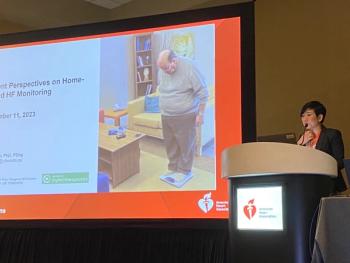
Hospitals embrace hospitalist concept to streamline patient flow, reduce costs
Leading hospitals are increasingly using well-designed hospitalist programs in their struggle to improve patient care and conserve resources. An appropriately structured and incentivized hospitalist program can be the catalyst for meeting and improving core measures, promoting best practices and meeting pay-for-performance goals.
Leading hospitals are increasingly using well-designed hospitalist programs in their struggle to improve patient care and conserve resources. An appropriately structured and incentivized hospitalist program can be the catalyst for meeting and improving core measures, promoting best practices and meeting pay-for-performance goals.
Improving the hospital's bottom line isn't the only contribution a comprehensive hospitalist program can make. The hospitalist team can be the front-line offense to realize three key objectives for today's hospital:
They can access these guidelines via handheld devices and use order sets that prompt them to follow each step accurately. Because patients are managed by a small group of physicians with best practices hard-wired into the clinical management process, standardized care becomes a reality.
Continuity of care. Hospitalist programs can be the safety net that keeps a patient and his care team connected from admission through discharge and beyond.
In the hospital, clinical care coordinators-nurses dedicated solely to supporting the hospitalists-ensure continuity of care. They do this by handling communication with the family and other members of the team, moving the patient from one level of acuity to another as the care plan dictates and identifying and minimizing the cause of any delays in care.
During the patient's hospital stay, the primary care physician is informed of landmark events and receives discharge notes within 48 hours so that he or she is fully informed to resume care of the patient. Post-discharge follow-up calls to the patient at home maintain continuity of care and help avoid unnecessary readmissions or return visits to the emergency room. This ensures that patients understand their care plan and have the means to follow it.
IMPROVING QUALITY OF CARE, COSTS
The intensive skills hospitalists acquire from continuous hospital duty make them experts in providing the more extensive care that today's hospital patients need. This greater experience-and the use of best practices based on the latest research-can lead to more rapid, accurate clinical decision making, better patient outcomes, shorter hospital stays and fewer readmissions. The availability of hospitalists to patients, families and hospitals when needed also improves communication to the entire care team.
Newsletter
Get the latest industry news, event updates, and more from Managed healthcare Executive.




